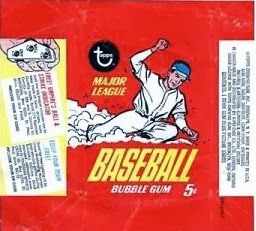Today’s lesson is on the 7th series "high numbers".
For decades we have been told that these cards are rare, and therefore are required to be expensive. But recently I found a photo of a full sheet of these 7th series cards. The sheet is 12 rows of 11 cards per row for a total of 132 cards per sheet.
Looking at the sheet, you can see that the first 5 rows are repeated on rows 6, 9, 10, 11, and 12, so that makes for 7 unique rows (rows 1-5, 7, 8) of cards (77 cards).
The checklist only shows 76 cards. The discrepancy between the 77 unique cards and the 76 cards on the checklist is the checklist itself. It was numbered within the 6th series (first appearing there) and is reprinted in the next series (as all checklists from series 2 onward were).
So, on this sheet there are 77 unique cards, and 55 of them are double-printed. That’s an astounding 71%!
I decided to see what the other series were doing, and only the 6th series is similar. Contrast that to the first series, where there are 109 unique cards. On the same 132-card sheet, that makes for only 23 double-printed cards, or 21%.
I never realized that the 1st series is about 25% larger than the others. That explains why that series had more cards per team (which I only previously looked at in terms of Phillies cards).
With all those double-prints, the only possible explanation for the 7th series “rarity” (and therefore high prices) is that maybe Topps didn’t print as many cards for that final series, having turned their resources to printing and distributing football cards by that time of year. (Either that, or just outright greed by the card aftermarket.)



.jpg)


+(f).jpg)

.jpg)

%20(f).jpg)













